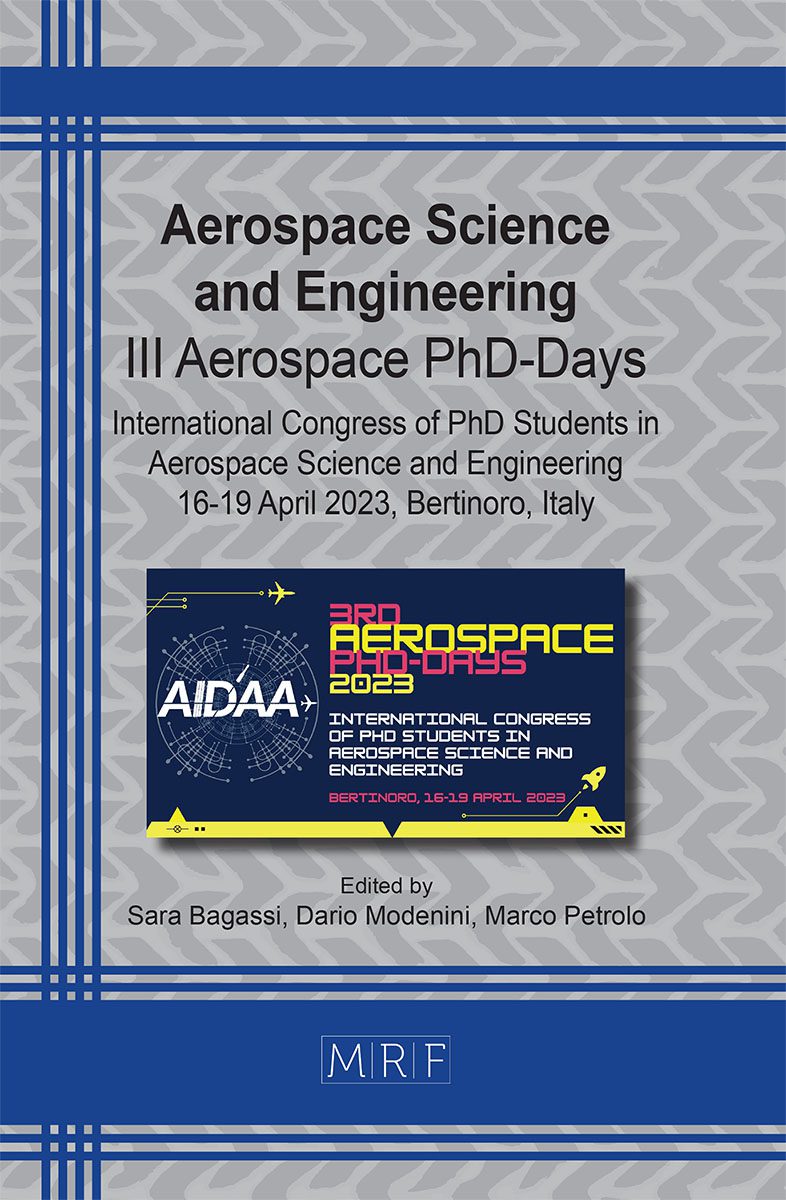Accurate characterization of the noise sources affecting BepiColombo’s radio tracking observables
David Bernacchia
download PDFAbstract. The ESA mission BepiColombo, nowadays, represents a milestone for the precision levels that can be obtained in the determination of the orbit of a spacecraft. The high accuracy provided by the embedded radio system, together with modern techniques used for the calibration of tropospheric noise, such as the usage of a microwave radiometer, allows to estimate the state of the spacecraft with a very small uncertainty. Doppler measurements collected during the first two Solar Conjunction Experiments performed by BepiColombo have been analyzed in order to understand which are the main sources of residual noise still affecting the data after the calibration process, with the aim of improving the overall calibration procedure itself. The study showed that, even though the usage of radiometers led to a strong reduction of the noise due to the troposphere, the main error source can still be identified in some un-calibrated tropospheric effects. This indicates that the improvement of the overall calibration process strongly relies on the refinement of the method used for tropospheric noise removal.
Keywords
BepiColombo, Radio Science, Calibrations, Tropospheric Delay, Antenna Mechanical Noise
Published online 9/1/2023, 7 pages
Copyright © 2023 by the author(s)
Published under license by Materials Research Forum LLC., Millersville PA, USA
Citation: David Bernacchia, Accurate characterization of the noise sources affecting BepiColombo’s radio tracking observables, Materials Research Proceedings, Vol. 33, pp 334-340, 2023
DOI: https://doi.org/10.21741/9781644902677-49
The article was published as article 49 of the book Aerospace Science and Engineering
![]() Content from this work may be used under the terms of the Creative Commons Attribution 3.0 license. Any further distribution of this work must maintain attribution to the author(s) and the title of the work, journal citation and DOI.
Content from this work may be used under the terms of the Creative Commons Attribution 3.0 license. Any further distribution of this work must maintain attribution to the author(s) and the title of the work, journal citation and DOI.
References
[1] Bertotti, B., Comoretto, G., & Iess, L. (1993). Doppler tracking of spacecraft with multi-frequency links. Astronomy and Astrophysics (ISSN 0004-6361), vol. 269, no. 1-2, p. 608-616., 269, 608-616.
[2] Mariotti, G., & Tortora, P. (2013). Experimental validation of a dual uplink multifrequency dispersive noise calibration scheme for Deep Space tracking. Radio Science, 48(2), 111-117. https://doi.org/10.1002/rds.20024
[3] Iess, L., Asmar, S. W., Cappuccio, P., Cascioli, G., De Marchi, F., di Stefano, I., … & Zannoni, M. (2021). Gravity, geodesy and fundamental physics with BepiColombo’s MORE investigation. Space Science Reviews, 217(1), 21. https://doi.org/10.1007/s11214-021-00800-3
[4] Di Stefano, I., Cappuccio, P., & Iess, L. (2020). The BepiColombo solar conjunction experiments revisited. Classical and Quantum Gravity, 38(5), 055002. https://doi.org/10.1088/1361-6382/abd301
[5] Manghi, R. L., Maschwitz, G., Tortora, P., Rose, T., Martellucci, A., de Vicente, J., … & Quibus, L. (2019). Tropospheric Delay Calibration System (TDCS): design and performances of a new generation of microwave radiomters for ESA deep space ground stations. In TT&C workshop.
[6] Manghi, R. L., Zannoni, M., Tortora, P., Martellucci, A., De Vicente, J., Villalvilla, J., … & Rose, T. (2021). Performance characterization of ESA’s tropospheric delay calibration system for advanced radio science experiments. Radio Science, 56(10), 1-14. https://doi.org/10.1029/2021RS007330
[7] Manghi, R. L., Bernacchia, D., Casajus, L. G., Zannoni, M., Tortora, P., Martellucci, A., … & Iess, L. Tropospheric Delay Calibration System performance during the first two BepiColombo solar conjunctions. Radio Science, e2022RS007614.
[8] Notaro, V., Mariani, M. J., Di Ruscio, A., Iess, L., Armstrong, J. W., & Asmar, S. W. (2018, March). Feasibility of an innovative technique for noise reduction in spacecraft Doppler tracking. In 2018 IEEE Aerospace Conference (pp. 1-10). IEEE. https://doi.org/10.1109/AERO.2018.8396480
[9] Iess, L., Budnik, F., Colamarino, C., Corbelli, A., Di Benedetto, M., Fabbri, V., et al. (2012). ASTRA: Interdisciplinary study on enhancement of the end-to-end accuracy for spacecraft tracking techniques. In Proceedings of the International Astronautical Congress, IAC, (pp. 53425-53435)
[10] Iess, L., Di Benedetto, M., James, N., Mercolino, M., Simone, L., & Tortora, P. (2014). Astra: Interdisciplinary study on enhancement of the end-to-end accuracy for spacecraft tracking techniques. Acta Astronautica, 94(2), 699-707. https://doi.org/10.1016/j.actaastro.2013.06.011
[11] Graziani, A., Jarlemark, P., Elgered, G., Martellucci, A., Mercolino, M., & Tortora, P. (2014). Assessment of Ground-Based Microwave Radiometry for Calibration of Atmospheric Variability in Spacecraft Tracking. IEEE transactions on antennas and propagation, 62(5), 2634-2641. https://doi.org/10.1109/TAP.2014.2307582












